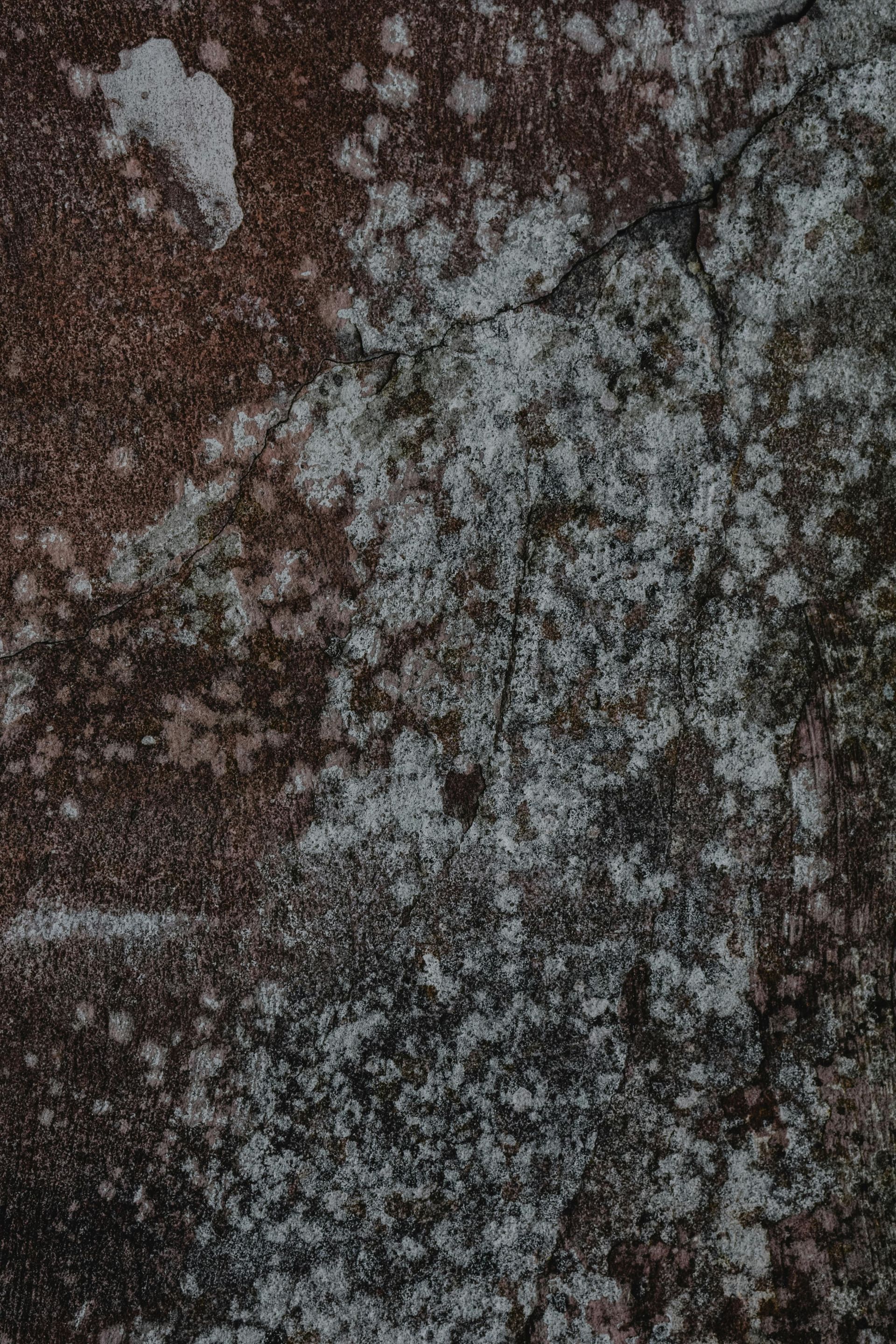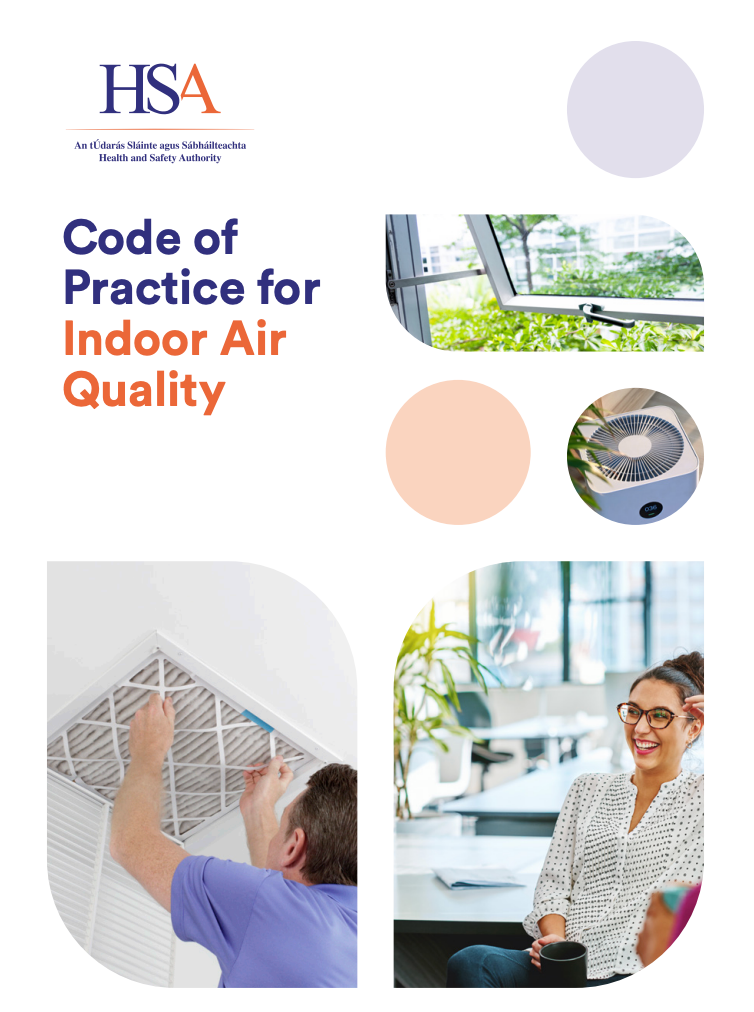Indoor mould can be a serious problem. Not just in your domestic property, but also in commercial buildings and places of business. If you’re worried about mould in your building, or you’re looking for effective preventative measures, you’re in luck. Our blog is the perfect guide to mould management, giving you the best advice regarding mould in your building. For more information, keep on reading!
Indoor Mould: Let’s Go Back To The Basics
Mould is a term used for groups of microscopic fungi that live on dead or organic materials. Mould is very common in buildings and homes but it can also be found outdoors. It can enter your home in a range of different ways, including:
● Open doorways
● Windows or vents
● Heating systems
● A/C systems
● Attaching itself to clothes and shoes
Indoor materials such as paper, cardboard, ceiling tiles, wallpaper, insulation, carpet and upholstery can all support the growth of mould too, so it’s important to take as many preventative measures as you can.
Where Does Mould Grow?
Mould will thrive in places with a lot of moisture, so anywhere on your property that has potential leaks, or excess moisture could be the perfect grounds for mould to spread. Moulds produce tiny, dangerous spores that we can’t see with the naked eye. These spores are then dispersed, much like seeds, looking for the right moisture conditions and temperature to grow.
The main thing to take away is that mould likes moisture! Many ‘dry’ building materials like wallpaper, ceiling tiles and carpets can collect moisture and dust, creating the perfect place for mould to grow.
Mould & Health Risks
You may be wondering why mould inside your building is such a cause for concern, but these spores and growths can have a pretty detrimental impact on your health. Keep reading to find out more about the health risks associated with mould.
How Mould Impacts Your Health
According to the NHS, coming into contact with mould spores can leave you more vulnerable to developing a range of other health conditions. Respirators problems are the most common health risks that can be caused by mould spores. If you experience a tight chest, coughing or wheezing, these could be mild signs that you're exposed to mould. If left untreated, both the mould and your symptoms will worsen. Other signs of a respiratory infection could be a fever, blocked nose or a sore throat.
It’s not just your lungs that are impacted by mould spores, your skin can also be impacted. Skin rashes and allergic skin reactions are also very common reactions to mould breakouts. You may experience dry, red and cracked skin or raiders, itchy rashes like hives. In a few cases, some people contract conjunctivitis, which is an infection that makes your eyes red and swollen.
Last but not least, is mental health. Living ro working around damp and mouldy conditions can take a serious toll on our mental health. It can cause a lot of stress and raise more health concerns for individuals. There are several studies that link damp, mouldy properties and depression. While this isn’t a physical impact to your health, it is still a harmful effect of mould.
Who Is Most At Risk?
People with allergies can often be more sensitive to mould spores, and they can be very irritating. Additionally, people with existing lung conditions or other long-term illnesses are more susceptible to fungal infections as a result of mould spores. People with respiratory disease or asthma can have their breathing worsened by mould spores and anyone with an increased risk of infection will also be more vulnerable to the harmful effects of mould spores.
These are some other groups that can be severely affected by mould spores:
● Babies
● Young children
● Elderly people
● Anyone with lung conditions
● People with eczema
● People with weakened immune systems
How Do I Know If There’s Mould In My Building?
Now that we’ve covered the risks of mould spores, you may be wondering how to spot the signs of mould in your building! Some of the key things to look out for include:
● Musty, earthy smells
● You’re aware of damp areas on your property
● You spot warping, cracking or bubbling areas of your building’s walls, floors or ceilings
● Water staining
These are a few visual ways you can detect mould, but it may be in your walls, underneath your floorboards or in spaces where you can’t see it directly, so it’s best to have a professional inspection carried out.
What To Do If You Spot Mould In Your Building: Mould Solutions & More
If you spot mould in your building, it could be a result of too much humidity in your property, and not enough ventilation. Additionally, leaks cause moisture and combined with the humidity of your building, these are the perfect conditions for mould to thrive in.
Domestic Properties
If you’re tackling the mould in your domestic property, you should:
● Remove mouldy items from the property, this includes furniture, carpets or other affected areas
● Properly clean and dry your building (you can still have an allergic reaction to dead mould and it could recontaminate)
● Clean all of the hard surfaces in your property (with household cleaning agents like bleach)
● Scrub and dry the affected areas thoroughly to prevent the return of the mould
● If you feel that the mould in your home is too big a job to tackle on your own, don’t hesitate to call a professional. They will be able to help you make the best decision moving forwards.
Professional Assessments
With commercial properties, mould can be much harder to spot and eliminate, which is why air quality assessments can prove very useful in improving your indoor air quality.
Air Quality Assessments
Air quality assessments are carried out to analyse the level of air pollution in a specific area. These assessments can be extremely useful for commercial buildings, as it helps to identify potential hazards in the air. Breathing in polluted air can bring on a series of health complications, so having your building evaluated is definitely something to look into.
Air quality assessments will typically take an air sample, cotton swab and evaluation of surfaces within your building, so that all areas are covered and measured accurately. Eliminating mould spore build up and airborne infections can improve your air quality massively, benefiting your employees general well-being.
Mould Assessment & Management
Having a mould assessment carried out can prove very effective for a range of ways. Your professional will conduct a mould survey to understand your concerns and begin identifying potential causes of the mould growth. They will be able to develop a solution or strategy to help you tackle the mould in your building.
To identify the mould issue in more detail, they will collect samples from your building, send them off for analysis, identify the mould type, identify infestation and exposure before handing their full report over to you (including air quality).
InBiot: Real Time Air Quality Monitoring
If you’re looking for a flexible and convenient solution to measure your indoor air quality, the MICA Smart Air Quality Monitor is a great solution. These devices are compatible with a range of different Building Management Systems, turning air quality data into useful information to help with mould prevention and energy efficiency. With a range of devices to suit your building’s needs, the MICA devices are effective in monitoring your indoor air quality with precision. With no maintenance required and a self calibration sensor, these devices could be a great option if you’re looking to keep your building safe and efficient.
Ultra Protect: Excellent Mould Services & Air Quality Testing
Here at Ultra Protect, we understand the importance of keeping a safe commercial property. Which is why our services cover a range of different air quality risks. From dust management to odour assessments, we cover a range of different air pollutants so that you can keep your building as safe as possible.
For further enquiries about how our services can help you, feel free to get in touch with us today to find out more. Our team will be happy to help you and answer any questions you may have.







